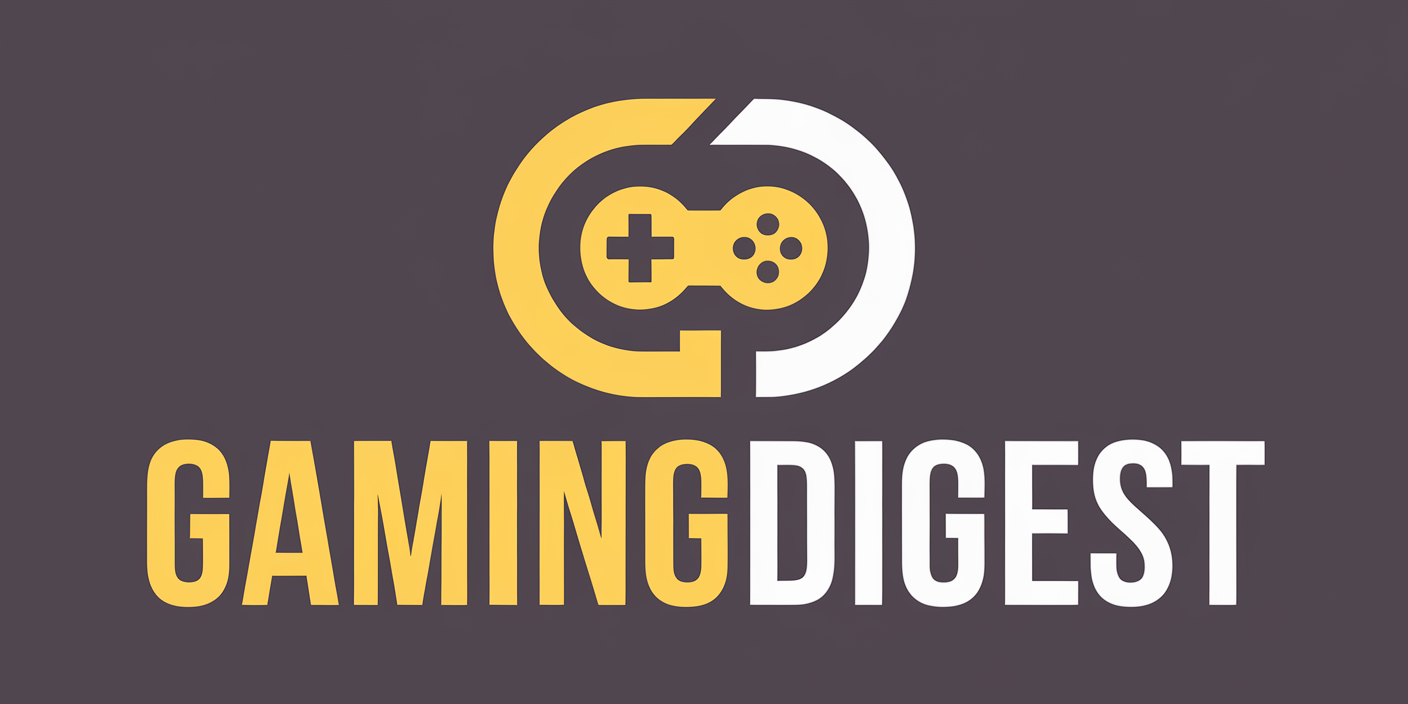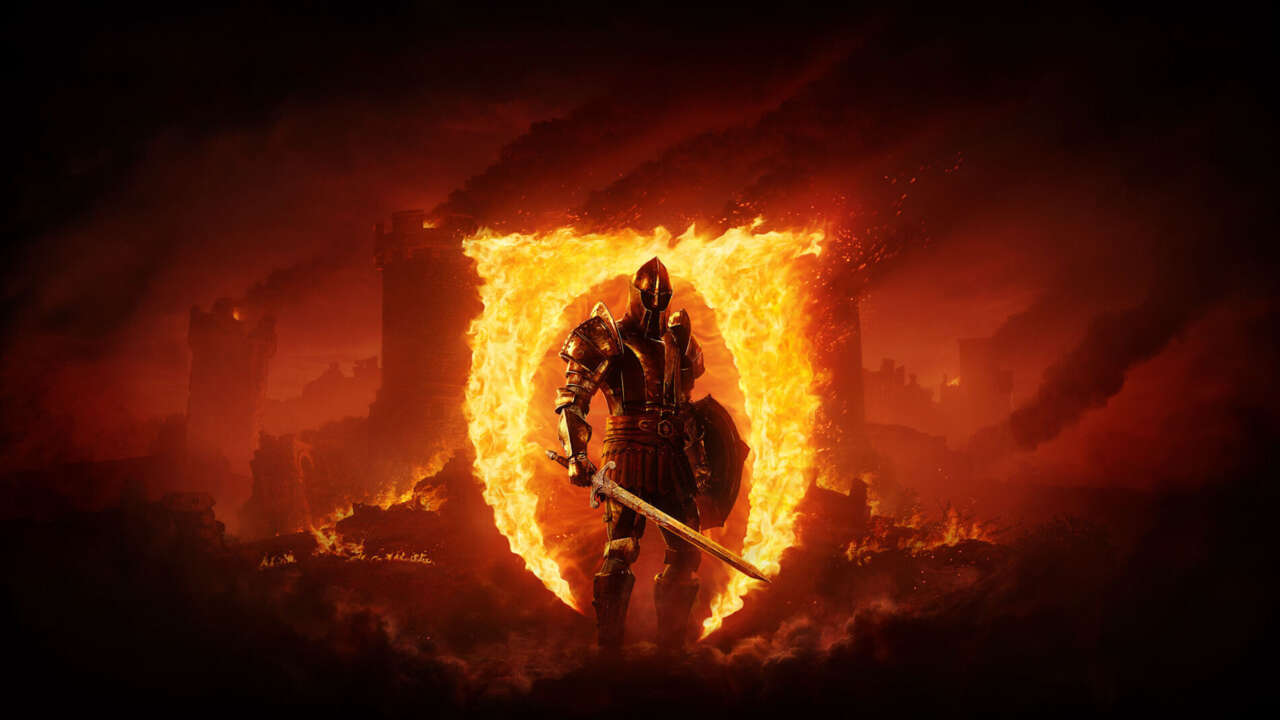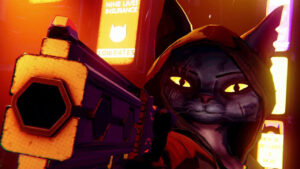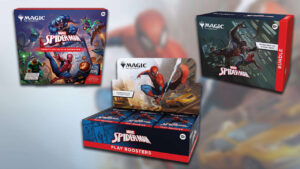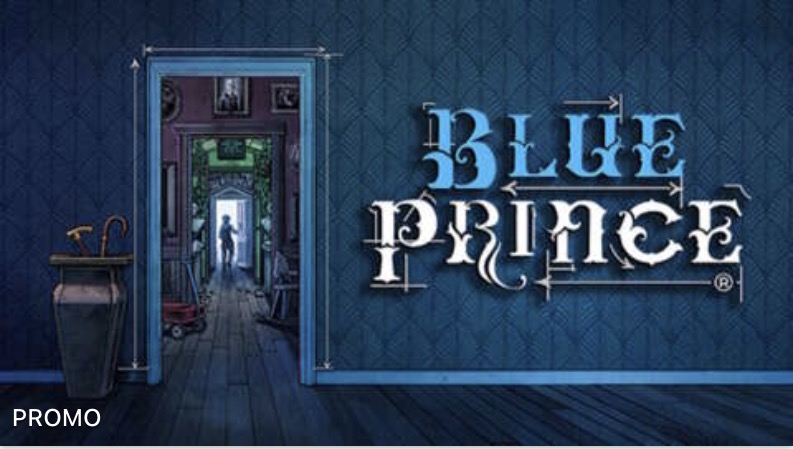Yes, the original version of Oblivion did not have any scruff in sight. No beards in the character creator and not a single mustache can be found in the enormous province of Cyrodiil. Adding beards to a handful of NPCs throughout the world doesn’t change Oblivion’s core experience. In fact, even with the facial hair and improved graphics, half of the characters I met during my adventure still looked unsettling. To some, this may be off-putting–especially when juxtaposed with the remaster’s otherwise astounding visuals–but for me, Oblivion isn’t Oblivion without some truly uncomfortable character models. It’s all part of that “charm” that game director Todd Howard mentioned in the reveal stream.
The folks at Virtuous seem to understand that trademark Oblivion “charm,” too, because the remaster keeps the best of the Bethesda jank intact while gently reworking some of Oblivion’s more dated mechanics. Purists will certainly find things to nitpick, and first-timers may scratch their heads at some of the jank that was left in, but Oblivion Remastered feels like the most logical compromise. The visuals have been entirely recreated to take advantage of Unreal Engine 5, but the characters still don’t look quite right. The attack animations have been redone, but the combat is still generally bad. The streamlined leveling mechanics retain the class system, but it’s much harder to get soft-locked. The UI and menus have been consolidated and refreshed, but Oblivion’s iconic map screen is identical to the original. For the most part, Oblivion Remastered manages to walk that thin line of familiarity and freshness.
The biggest surprise is its presentation. Oblivion Remastered looks stunning. Virtuous and Bethesda Game Studios have taken advantage of Unreal Engine 5 and it is without a doubt the most technically impressive game Bethesda Game Studios has ever released. The dynamic lighting, vibrant skyboxes, broader color palette, and hyper-realistic textures give the remaster that current-gen AAA sheen that players expect. These enhancements extend to the character models as well, as NPCs are lavishly detailed. You can see the strands of hair on their freshly grown beards and the pores on their faces, but they’re still a little uncanny. In most cases, the NPCs look even stranger when they open their mouths. There’s a bizarre disconnect between the hyper-realistic visuals and the weird faces and dated facial animations. The thing is, that awkwardness is part of what makes Oblivion so special, and there’s plenty of it in this remaster.
A key part of that awkwardness is the iconic voice acting, and, thankfully, Virtuous and BGS have opted to keep most of the original voice work. Of course, Wes Johnson’s booming voice can still be heard everywhere, and they even left in some of the flubs that were never cut from the original game. However, a handful of new voice actors were introduced to re-record lines for different races. This makes sense considering roughly eight people recorded lines for hundreds of characters, but I find myself missing the old voice acting from time to time. The beggars’ weird delivery of, “Thank you, kind sir” has been redone and it feels… wrong. The awkward voice switch has become canonical for me, and considering Virtuous left in the flubs but changed that is a bit disappointing.
As far as I can tell, most of the sound effects are the same as well. Flare and restoration sound nearly identical, but they feel a little out of place when paired with the new effects and lighting tech. This isn’t a bad thing, but it feels weird to change so much of the presentation but leave those dated sound effects intact.
Virtuous seem to understand that trademark Oblivion “charm” because the remaster keeps the best of the Bethesda jank intact while gently reworking some of Oblivion’s more dated mechanics
Aside from the presentation, Oblivion’s combat, third-person camera, and leveling system have received the biggest reworks. New attack animations give melee combat a little more flair, the bow is much easier to aim, enemies react to hits instead of just grunting or growling, and the addition of a sprint button gives more maneuverability in and out of fights. All these tweaks work nicely with the third-person camera option. While third-person still isn’t the ideal way to play Oblivion, the camera option is considerably better than in the original. This is all tied together by a revamped leveling system that’s a little more forgiving to the casual player.
While these tweaks to the combat and leveling make Oblivion more approachable, its moment-to-moment combat is still bad. It lacks the impact and weight that other first-person, melee-centric games have long since figured out. Most melee encounters boil down to blocking and backpedaling in between swings while your opponent rushes you down. In 2006, this was forgivable given how ambitious Oblivion was, but it’s harder to overlook in 2025. This is slightly offset by all the tools at your disposal and the more flexible leveling system. When I got tired of swinging my sword, I switched to my bow. When I got tired of pelting my foes with arrows, I switched to my spells. When I got tired of spells, I conjured up some skeletons to fight for me. It’s not an elegant solution, but at the very least it keeps combat from getting stale.
Despite its flaws, I’ve always preferred Oblivion’s leveling system to Skyrim’s. By picking a class and specializing in certain skills at the outset, I felt more compelled to play into a specific role. My characters in Oblivion excelled at some things and sucked at others, and that’s just how it was. The key was to play into those strengths in order to level up. The remaster still lets you pick (or create) a class with a handful of major skills that, when trained, significantly speed up the leveling process. Every skill that isn’t a major skill can still be improved and factor into leveling. This means you’re still encouraged to develop a play style built around your class, but if you decide 10 hours in that you want to pick up Illusion magic, there’s nothing stopping you from doing so. The remaster also retains some of its weirder skills and attributes like Athletics, which lets you jump higher, and Speed, which simply increases movement speed. I invested a lot in speed out of curiosity and there’s no reason to ever use the new sprint button because even without sprinting my character seemingly moves faster than my horse. More importantly, these changes make it much harder to create a bad class and soft-lock your level–an issue I frequently ran into when I played Oblivion as a kid.
Oblivion Remastered does have its fair share of bugs, but as far as Bethesda RPG’s go, it could be a lot worse. I experienced one crash in the course of 20 hours and have seen a handful of visual oddities, mostly when it comes to the lighting–things like awkward reflections and weird shadows. Performance has been good on my 4080Ti, but there’s definitely some frame drops in the open world. Performance on the Steam Deck is rough despite the game being Deck Verified. The visuals are muddy, the performance drops below 30fps often, and it hitches regularly. I would not recommend playing on Steam Deck unless that is your only option.

Gallery
Remaking or remastering Oblivion is a peculiar endeavor. It’s a messy game that–on paper–was outdone by The Elder Scrolls V: Skyrim in nearly every conceivable way. Skyrim’s combat is superior, its world is more visually distinct, the dungeon design is more focused, the voice acting has some nuance to it, and, of course, the characters look much better. However, had Bethesda Game Studios and Virtuous Studios rebuilt Oblivion from the ground up with the intent of matching or exceeding Skyrim, they would have missed the point. You can’t recapture or recreate the magic of Wes Johnson growling, “THEN PAY WITH YOUR BLOOD!” The Roxey Inn doesn’t feel like The Roxey Inn without a nonsensical cacophony of conversation the second you load through its doors. Hell, I’d argue that Oblivion isn’t Oblivion without its weird persuasion mechanic that I still don’t fully understand almost 20 years later. These rough edges are what gives Oblivion character, and when those are sanded down, you’re left with a rather generic fantasy role-playing game.
There’s a YouTuber that goes by Bacon_ who’s been highlighting that Oblivion “charm” for nearly a decade now. In most cases, their clips encapsulate the entirety of the Oblivion experience in under 15 seconds. They have become iconic. Over the last few days, Bacon_ has been recreating those clips in Oblivion Remastered, and they are just as funny and weird as I remember. This may seem small, but I think that says a lot about the reverence Virtuous has for Oblivion. Remastered recaptures just enough of that charm to make it a worthy remaster of one of Bethesda Game Studios’ most beloved games.
